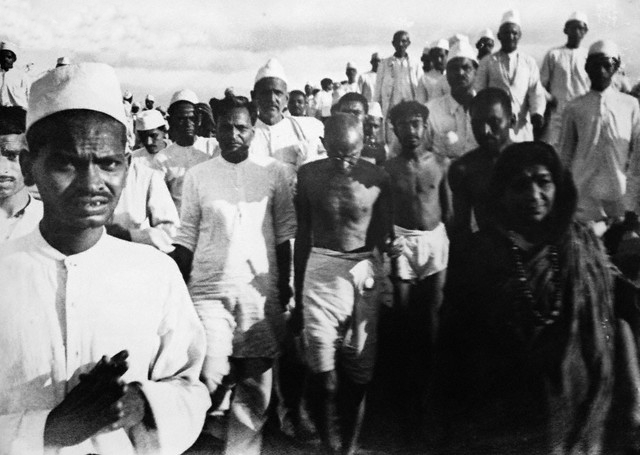I don’t want to write a very long post, but I just wanted to remind everyone about this.
I recently learnt about protest on February 5th, and just wanted to spread this. The wiki page has a huge table of non-violent protests.
I know many people are disheartened, and in such circumstances, people often resort to violence (sometimes to send messages, sometimes in response to another violence, sometimes in catharsis).
I am from land of Gandhi, and a huge admirer of his work. Many people even in my country today feel Gandhi was useless or found him problematic for n number of reasons, some partially valid, many not, but this post is not about him. What I want to highlight is his idea of Satyagraha - it is essentially a exercise in (and for) truth. 2 famous non violent movements of his time being civil disobedience and non-cooperation. Names give the core ideas away - but essentially - break laws peacefully. To elaborate - 1 of them was against a salt tax law. They just made salt, and did not pay tax. It was both literal and symbolic, in the sense that they stopped paying taxes - and EIC were hit both financially and political power wise.
And these are not the only peacefully protests our land, one of the most recent ones was a farmers protest (for context, in India, majority people are still employed by farming), and roughly after a year of protest, they got there demands met.
I wanted to add a US specific example, and I can’t think of anything better than Stop War protests regarding Vietnam War.
TL;DR - Peaceful protests work, you just have to be persistent


I don’t believe it is actually helpful to proselytize nonviolence. I appreciate your position and your contribution, and your experiences have value independent of the validity of your assertions about nonviolence writ large.
I’ve left links to full books at the bottom of this comment. Here is a quote from the introduction to the first:
The Failure of Nonviolence
How Nonviolence Protects the State
This Nonviolent Stuff’ll Get You Killed
EXACTLY. ALL OF THIS.